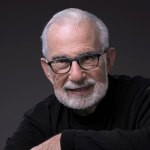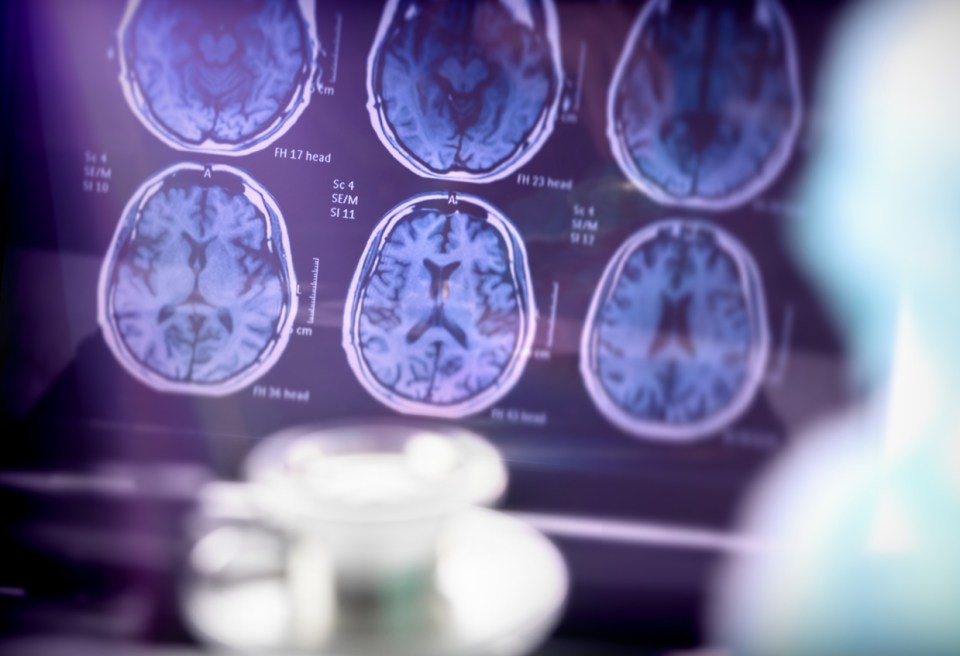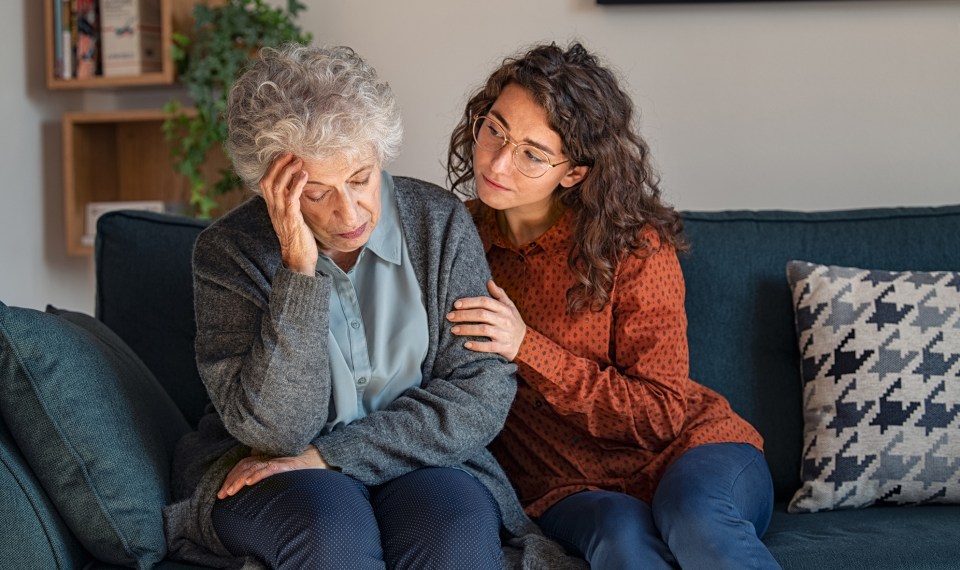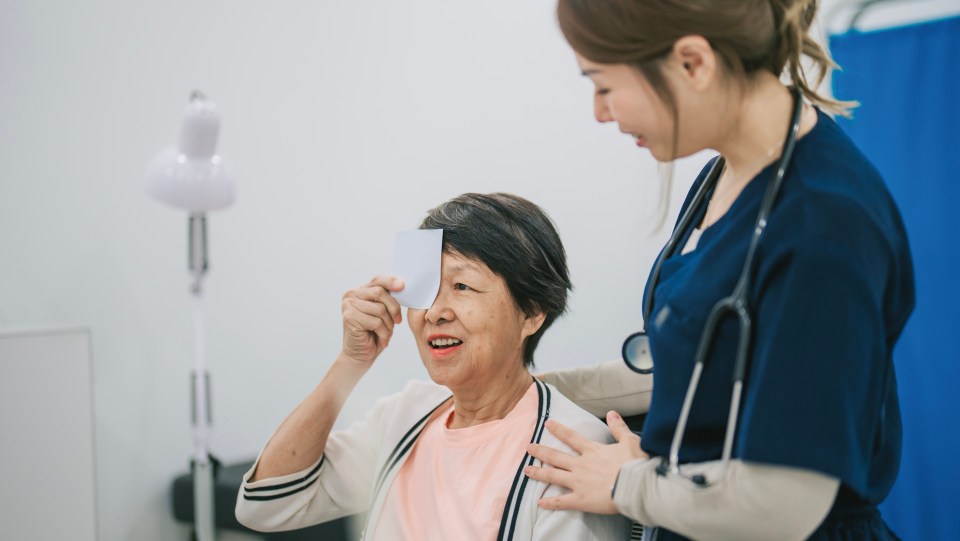It is an amazing process. We start out as a few cells that develop into a complex human being with highly differentiated organs and biochemical processes. Look at the brain with its billions of nerve cells and billions of connections. How does it happen? Our genes control how these connections take place. For example, a gene tells cells in the retina of the eye to connect with the occipital cortex all the way in the back of the brain. This allows the information received by the inside of the eye to be “seen” by the brain. It takes a different connection to other parts of the brain to interpret and recognize what has been seen.
Synaptic Pruning
Our experiences and what we do in our lives determines how our nervous system develops. Some connections are needed while others can be deleted. For years the term “Use it or lose it” referred to physical abilities and muscle mass, but we now know that it also applies to the brain and cognition. We encourage people as they age to stay socially and cognitively engaged—crossword puzzles, reading and group activities. As we learn, we create new connections that shape our brain. The brain is “plastic” and makes new connections by repeating activities, practice and new learning. These same concepts apply to stroke rehabilitation.
Recovery Process
There are multiple processes that are going on in the nervous system at the time of an injury and during recovery.
- Resolution of edema: An acute stroke, brain or spinal cord injury may be associated with swelling and edema. There are also complex chemical changes that take place at the cellular level.
- Resolution of diaschisis: Diaschisis (dī-ās’-kĭ-sĭs) means the shutdown of networks throughout the nervous system. Think of the nervous system as an electrical network. When someone has a stroke or brain injury there are parts of the brain remote from the injuries that are on the same network. They initially shutdown, but over time they start to come back on line and we see recovery and return of function.
- Behavioral compensation: This is what was traditionally performed in rehabilitation. Patients learn how to tie their shoes with one hand or how to use a rocker knife. These are important skills, but may lead to non-use of the affected arm or leg.
- Neural plasticity: It is the belief that, even later in life, the brain is capable of change. If one part of the brain is damaged, another part may be able to take over the function with appropriate rehabilitation. If someone loses their speech center on the left side of the brain, they may be able to use the right side of their brain.
Neural Plasticity
The central nervous system (which includes the brain and spinal cord) can be repaired after an injury. This property is called neural plasticity. The brain is constantly reshaping how it functions as it encounters new demands in the environment. When someone masters a new skill, whether it is golf or the violin, changes take place in the brain from the repeated practice that is involved with becoming accomplished at a task. Neural plasticity is the basis for learning in a normal brain and for “relearning” in the damaged brain. Rehabilitation is the key to this relearning process.
Rehabilitation after an injury promotes reorganization of the brain. With proper therapy that uses the correct dose of functional tasks, areas of the brain that were not previously involved in a particular task can be recruited to perform this function in place of the damaged brain. However, without proper rehabilitation, this reorganization of the brain will not take place and the patient will not achieve the best possible recovery of function. We know from extensive research studies that it takes “functional” tasks (not just random activities) to rewire the brain.
While prompt attention to rehabilitation needs is important, many patients have a reservoir of untapped abilities and can still improve months to years after an injury or stroke. Rehabilitation, the repeated practice of functional tasks, allows new areas to be recruited to take over the function of the damaged areas.
The content of this site is for informational purposes only and should not be taken as professional medical advice. Always seek the advice of your physician or other qualified healthcare provider with any questions you may have regarding any medical conditions or treatments.




